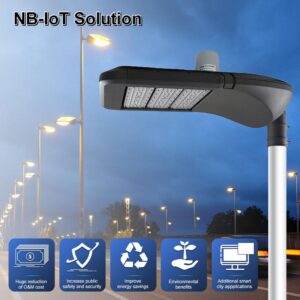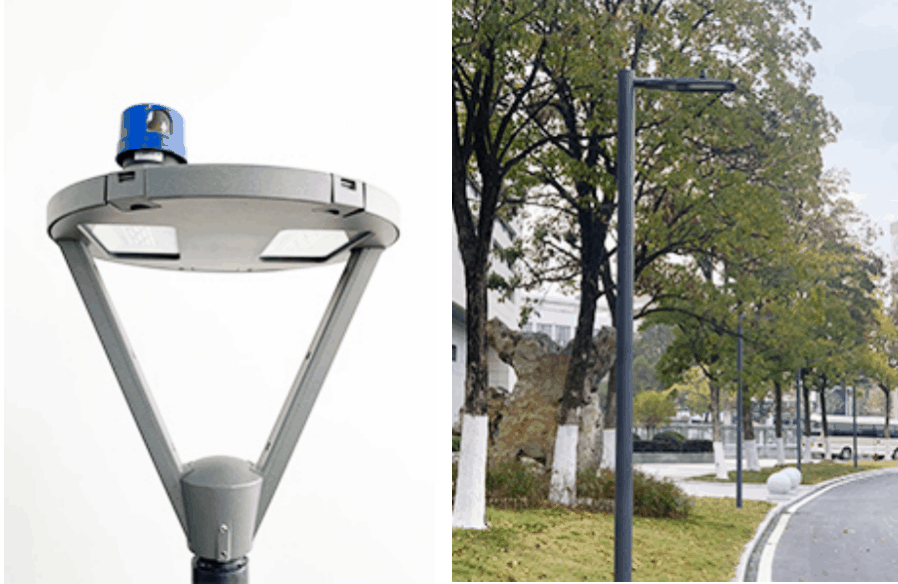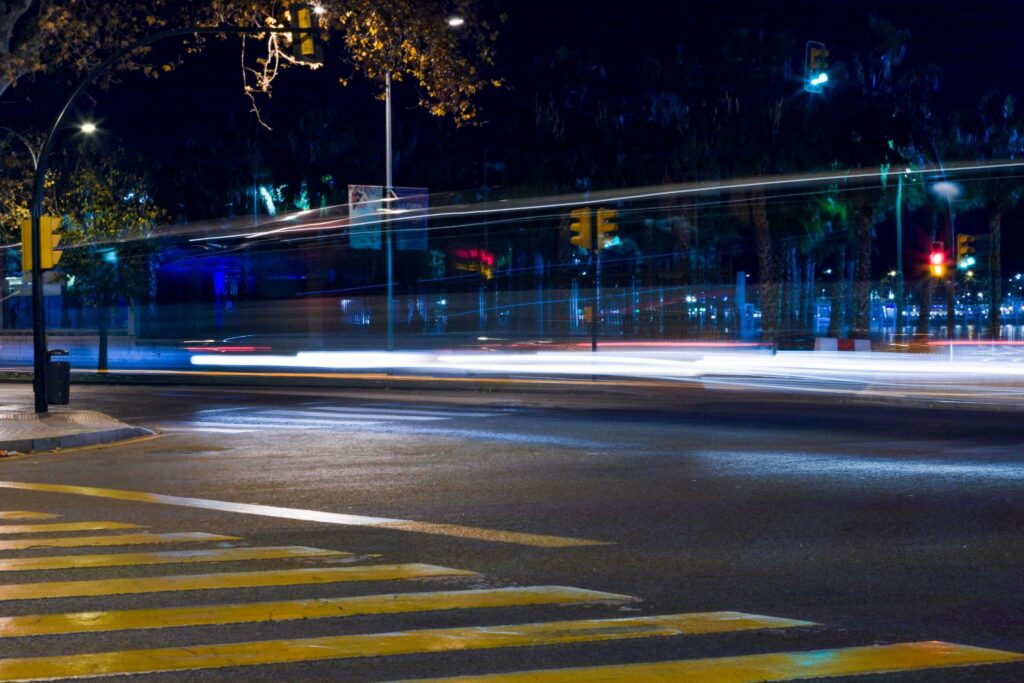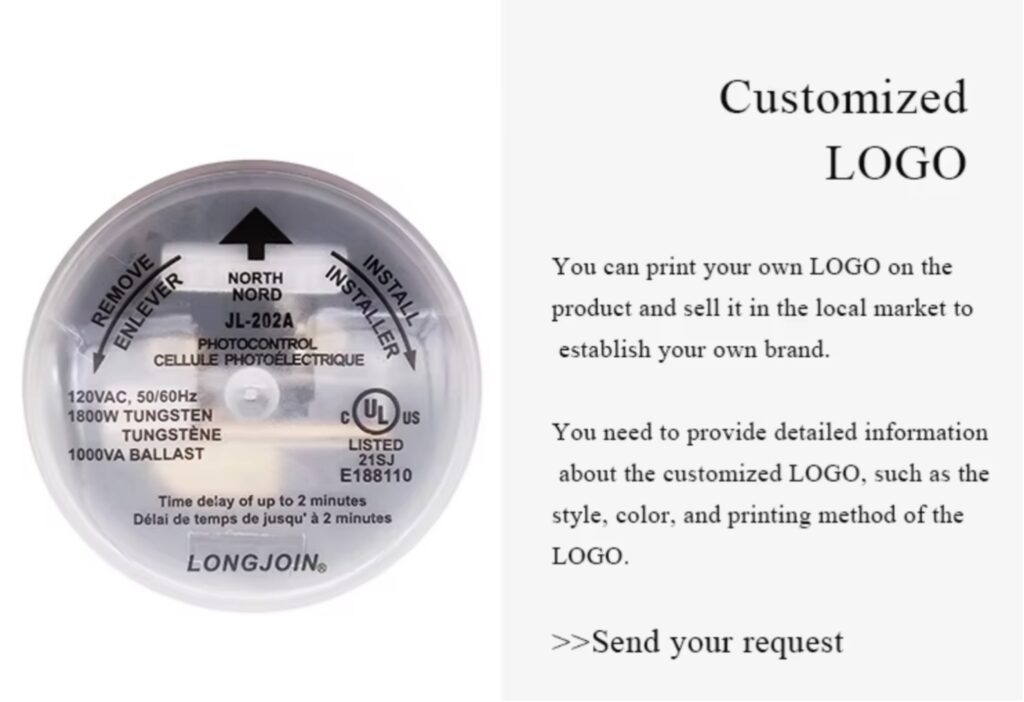Outline
- Introduction
- What Are Fail‑On Photosensors and How Does the NC (Normally Closed) Design Work?
- What Makes LongJoin’s Fail‑On Photocell Switches Stand Out?
- Where Can Fail‑On Photocontrols Be Applied in Urban Environments?
- Why Is LongJoin a Trusted Choice for Smart Lighting Solutions?
- How Do Fail‑On Photocontrols Contribute to Smarter, Safer Cities?
- What Should You Consider When Choosing a Photocontrol for Critical Lighting?
- The Bottom Line
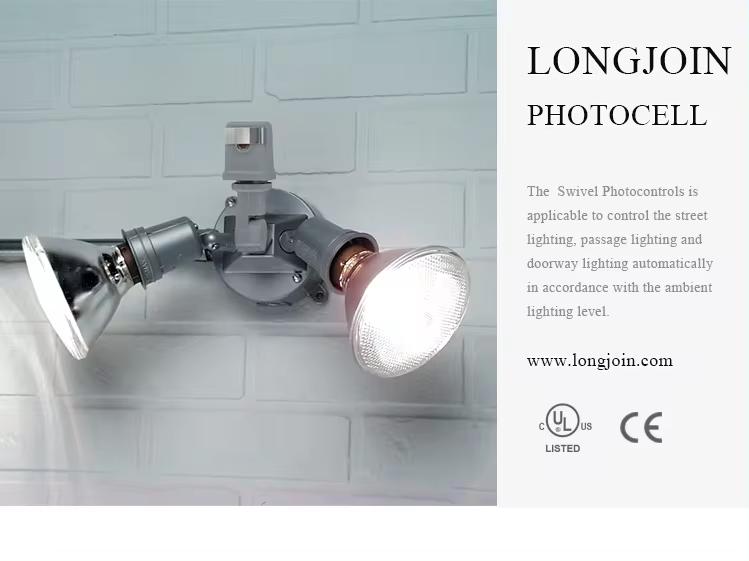
Reliable street lighting is crucial for safe urban life. But what happens when a lighting control fails? LongJoin has an answer: fail-on photocontrols. These smart devices keep lights on even when power or components fail. Their Normally Closed (NC) design ensures uninterrupted illumination. This article explores how LongJoin’s solution enhances safety, efficiency, and peace of mind for cities.
What Are Fail‑On Photosensors and How Does the NC (Normally Closed) Design Work?
Fail‑On light sensors are safety‑first switches used in street lighting. When a failure or power loss occurs, these devices default to “on”, ensuring lights stay lit. Their core purpose is simple: prevent sudden darkness in public areas.
Below is table differentiating NC-based hardware vs. newer hybrid (fail-safe + IoT) designs.
| Feature | NC Photocontrol | Hybrid Smart Photocontrol |
| Failure Mode | Mechanical fail-on | Software-driven fallback |
| IoT Integration | Not included | Fully integrated |
| Response Speed | Instant mechanical response | Varies with network latency |
| Complexity | Low (passive device) | High (requires configuration) |
| Installation Cost | Lower | Higher upfront |
How the “Fail‑On” Behavior Works
This usually works in an NC configuration. This means:
- The circuit stays closed during normal conditions, allowing current to flow.
- When daylight hits a set threshold, the circuit opens, turning off the light.
- At night (or when dark), it closes again, restoring illumination
If the photocell switch malfunctions, the streetlight remains illuminated. This fail‑safe design reduces risks for drivers and pedestrians at night.
Why This Matters for Safety and Visibility
- No unexpected outages in critical urban spaces.
- Uninterrupted street lighting.
- Enhanced reliability, especially where consistent lighting is crucial.
What Makes LongJoin’s Fail‑On Photocell Switches Stand Out?
LongJoin’s lighting controls shine through measurable advantages—each feature directly tackles real-world lighting challenges.
Enhanced Safety
Built-in fail-on mode ensures streetlights stay on during outages or controller failure. Twist-lock models like JL‑423C offer this reliability, reducing dark spots on roads. A time delay of 5–20s further prevents false triggers from stray light or lightning.
Energy Efficiency
Light-sensitive switching activates lights only when illumination drops below ~16 lux and turns them off above ~24 lux. JL‑205C consumes only 1.5 VA, minimizing standby power draw. These digital MCU control enables precise on/off thresholds and adaptive timing, helping with optimized operation.
Durability
- IP-rated housings IP65 and IP67 resist water ingress.
- UV-stable polycarbonate or PC+PP shells, some reinforced with glass fiber, withstand impacts and high altitudes.
- Operating range from –40 °C to +70 °C keeps performance consistent in harsh climates.
Certified Compliance
LongJoin products are certified under UL, CE, RoHS, and often CB, FCC. Twist-lock models meet ANSI C136.10 and UL773 safety standards. Surge protection (MOV rated 110‑640 J) and zero‑cross coding further enhance electrical safety.
Where Can Fail‑On Photocontrols Be Applied in Urban Environments?

Fail‑On light sensor switches are versatile tools designed for crucial outdoor spaces. Their default‑on safety mode ensures lighting remains steady in areas that matter most.
Street Lighting
In highways, avenues, and local roads, uninterrupted lighting prevents dark zones. Sudden failures can cause accidents, so fail‑on sensors like LongJoin’s keep power flowing even after power loss or device fault, minimizing risk for drivers and pedestrians.
Public Parks
Pedestrian safety in parks depends on consistent lighting after dusk. Fail‑on photocontrols avoid unexpected blackouts during power hiccups. Their reliable dusk-to-dawn switching ensures paths stay lit in the evenings.
Parking Lots
Reliable light in parking areas deters crime and improves visibility for drivers. Photocells automatically activate after dark, and fail‑on design maintains illumination if the sensor malfunctions or loses power.
Critical Infrastructure & Smart‑City Grids
Beyond standalone fixtures, fail‑on photocontrols integrate into smart-city networks. Whether managing citywide streetlights or part of IoT grids, they uphold uptime even during outages. They also support adaptive dimming and responsive controls in areas with variable traffic or events.
Why Is LongJoin a Trusted Choice for Smart Lighting Solutions?
- Over 20 years of specialized experience in photocontrol manufacturing.
- Proven reliability with products installed in more than 60 countries worldwide.
- Consistent compliance with international standards.
- Wide product range including fail-on, smart, and twist-lock controllers.
- Advanced testing labs for surge, aging, waterproofing, and UV performance.
- OEM/ODM services are available with customized design and branding options.
- Integration-ready photocells for smart city and IoT lighting systems.
- Strong R&D focus supported by in-house engineering and dedicated innovation teams.
- High production capacity backed by automated assembly lines.
- Trusted by global distributors, municipalities, and lighting contractors.
Further, here is a showing of how LongJoin adds value over unbranded/low-cost alternatives.
| Feature | LongJoin Photocontrols | Generic Brands |
| Surge Protection | 6–10kV MOV built-in | Often below 2kV |
| Lens Material | UV-stabilized PC | Standard plastic |
| Assembly Standard | Fully automated | Manual or semi-manual |
| Lifecycle Testing | 5,000+ cycles + UV/salt fog | Basic on/off testing |
| Internal Contacts | Pure silver alloy | Mixed metals |
How Do Fail‑On Photocontrols Contribute to Smarter, Safer Cities?
Fail‑on street light controllers play a critical role in building urban spaces that are safe, reliable, and future-ready.
Disaster‑Resilient Infrastructure
After earthquakes or power outages, conventional streetlights often stay off, leaving areas unsafe. LongJoin’s fail‑on devices keep lights on, aiding rescue efforts and public safety during emergencies.
Uninterrupted Urban Mobility
Dark zones can stop traffic and put people at risk. Fail-on light sensor switches keep lights on, even if sensors or power fail. Roads and crossings stay lit and safe.
Smart Lighting & IoT Integration
Fail-on units send real-time updates to smart city systems. They support remote checks and auto fault alerts. This helps maintenance teams act faster. Lighting can also adjust to traffic or weather.
Sustainable City Planning
These light photocells save energy by turning off during the day. If something fails, they switch back on. This avoids blackouts and waste. They support smart grid goals for greener cities.
Further, here is a table showing how different smart lighting components respond during failure scenarios.
| Component | Failure Scenario | Default Behavior | Risk Level |
| Fail-On Photocontrol | Device failure | Lights stay ON | Low |
| Smart Controller (MCU) | Sensor signal loss | Manual override mode | Medium |
| Standard Photocontrol | Device failure | Lights turn OFF | High |
| Motion Sensor | Power interruption | Inactive (lights off) | High |
| Centralized Controller | Server link loss | Local fallback operation | Medium |
What Should You Consider When Choosing a Photocontrol for Critical Lighting?

When selecting a photocontrol for safety‑critical lighting, precision matters. Consider the following key aspects:
Fail‑On (NC) vs. Fail‑Off (NO) Modes
- Fail‑On (NC) ensures lights stay on during a photocontrol failure—ideal for highways, intersections, and public safety zones.
- Fail‑Off (NO) turns lights off when the photocontrol fails—saving energy in low‑risk, resource‑limited areas.
Environmental & Safety Demands
Choose proper IP-rated housing based on exposure—IP65 handles jets; IP67 handles immersion. Also, ensure that materials resist UV, salt, and thermal stress. This is critical for coastal or desert climates.
Certification & Regional Compliance
Confirm key certifications. Here is a table outlining them with their related importance.
| Certification | Region/Scope | Focus Area | Relevance for Photocontrols |
| UL | North America | Electrical safety | Required for U.S. street lighting |
| CE | Europe | Safety, health, environmental | Mandatory for EU market access |
| RoHS | Global/EU | Hazardous substance control | Ensures eco-friendly materials |
| ANSI C136.10 | North America | Photocontrol standards | Ensures interoperability & fit |
Long‑Term Maintenance & Reliability
- Look for surge protection (MOV rated) to handle voltage spikes.
- Opt for digital MCU‑based photocontrols with adaptive thresholds, reducing aging drift.
- Evaluate lifecycle testing—LongJoin performs UV, salt‑spray, and high/low‑temp cycling.
The Bottom Line
Fail-on photocontrols with NC design are vital for safe, reliable urban lighting. They ensure streets stay lit, even during outages. For dependable Long-Join solutions, Chi-Swear is a trusted supplier known for quality and support.
External Links
- https://en.wikipedia.org/wiki/Lux
- https://en.wikipedia.org/wiki/Microcontroller
- https://en.wikipedia.org/wiki/IP_code
- https://www.ul.com/services/certification
- https://single-market-economy.ec.europa.eu/single-market/goods/ce-marking_en
- https://en.wikipedia.org/wiki/RoHS
- https://www.fcc.gov/
- https://www.nema.org/standards/technical/ansi-c136-series-standards-for-roadway-and-area-lighting-equipment

